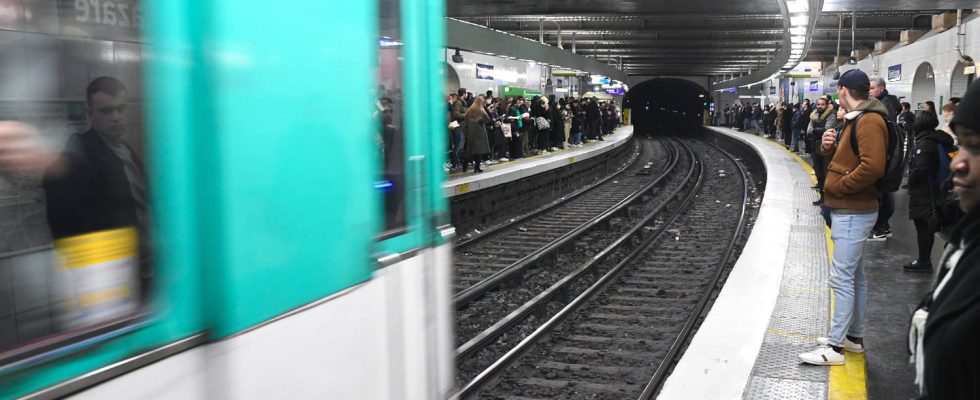A journalistic investigation made it possible to classify the various metro stations in the capital according to their rate of fine particles in the air. Pollution which is involved in the death of at least 40,000 people, according to Public Health France.
The filming of a documentary “Vert de rage” by France 5 made it possible to carry out an unprecedented campaign to measure pollution in the stations of the Paris metro. This study mapped the entire RATP network and part of the RER lines, showing the air quality by station.
Twelve journalists measured for eight months the concentration of small fine particles at the end of the platforms of the 332 metro and RER stations in zones 1 and 2. They captured this data between 6 p.m. and 8 p.m., peak hours of the day. Then, the outside air was also recorded to draw comparisons. The journalists took these measurements using Pollutrack mobile air sensors, the same ones used by the City of Paris for the capital’s air quality.
Stations with 19 times more fine particles than the WHO recommended threshold
The results are overwhelming: pollution in the metro is more than twice the recommendations of the World Health Organization (WHO). But the France TV teams have developed a map, available hereto reveal disparities between subway lines and stations.
The fine particles identified are PM 2.5: they are less than 2.5 microns, this can penetrate deeply into the body. According to’WHO, “along with climate change, air pollution is one of the main environmental threats to health.” A study from the Regional Health Observatory (ORS) and Airparif published in 2019, diagnoses 6,220 deaths attributable to prolonged exposure to fine particles PM2.5 in Ile-de-France.
What are the most polluted metro stations?
Line 5 sits at the top of the most polluted lines ahead of RER A and 9. As for the metro stations, Belleville, La Défense and Pont-de-Neuilly are particularly affected by the deterioration of the air breathed. The data underlines that within the same line, the disparities can be significant.
Martin Boudot, director of the documentary, reports on it to the Parisian : “Several factors seem to explain these differences. The depth of the lines, the material, that is to say whether it is a tire train or not, or even the configuration of the stations or the presence of ventilation.” The data show that the more the outside air is polluted, the more that of the station is. This is due to passive ventilation which brings air from outside into the basement.
RATP reacted to requests from France info by criticizing the methodology used in the study. The company is moved by having to respond to “one-off measurements, which do not allow us to know the evolution of the concentrations of fine particles over a longer period”. The public group even boasts that “the quality of the air in its spaces respects the” indicative values ”of concentration of fine particles, defined by ANSES”, but without specifying the exact thresholds retained.
